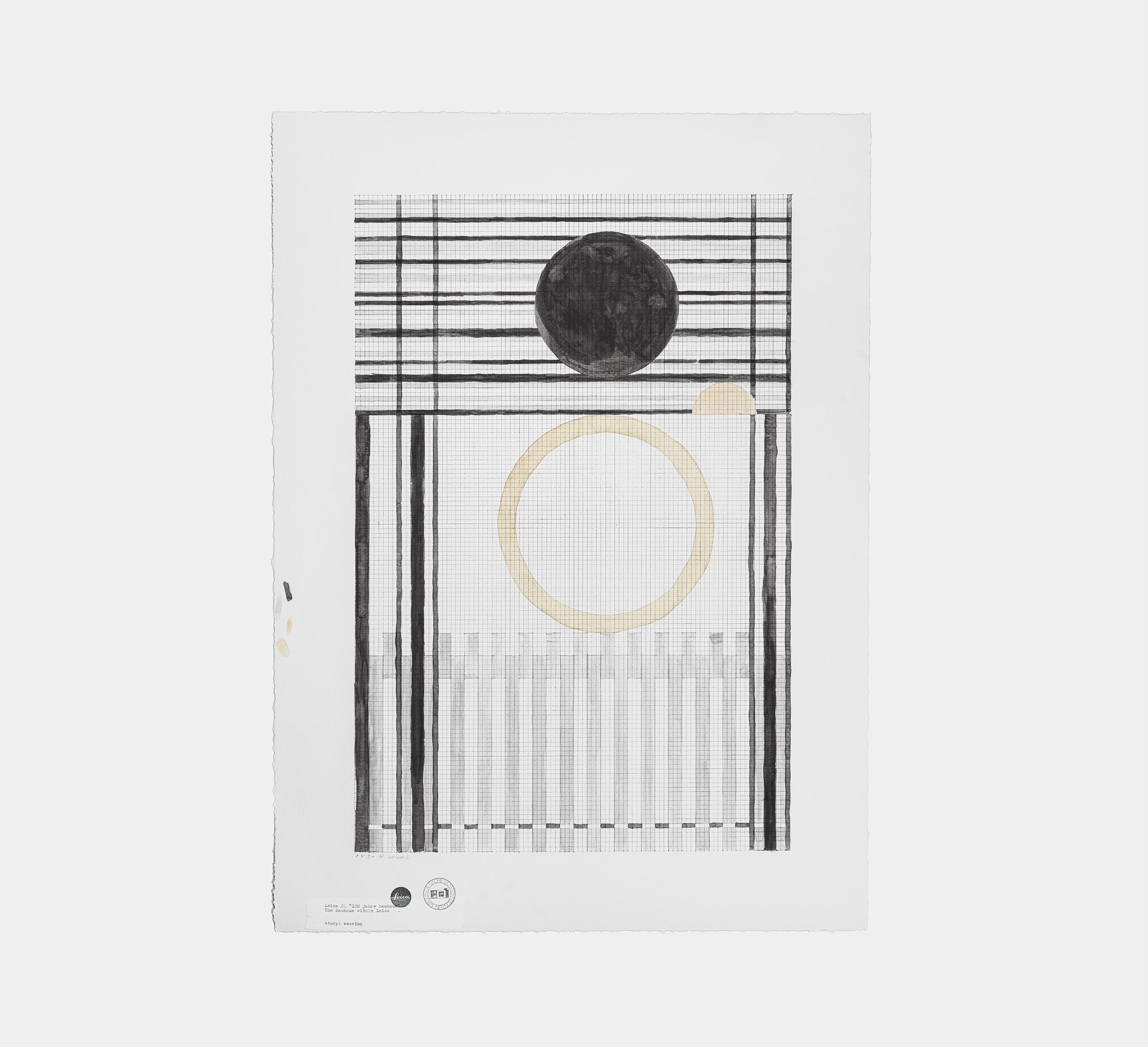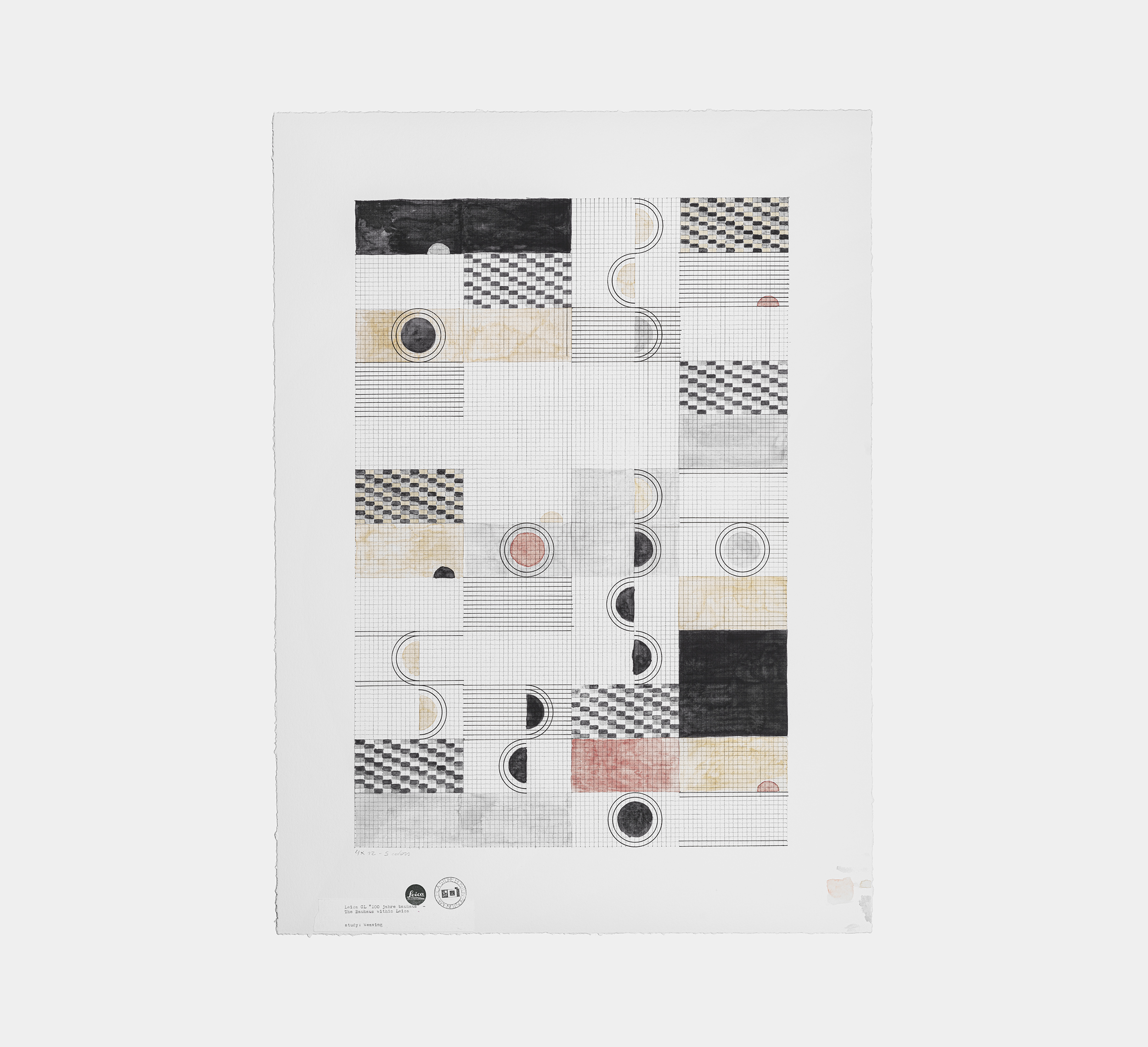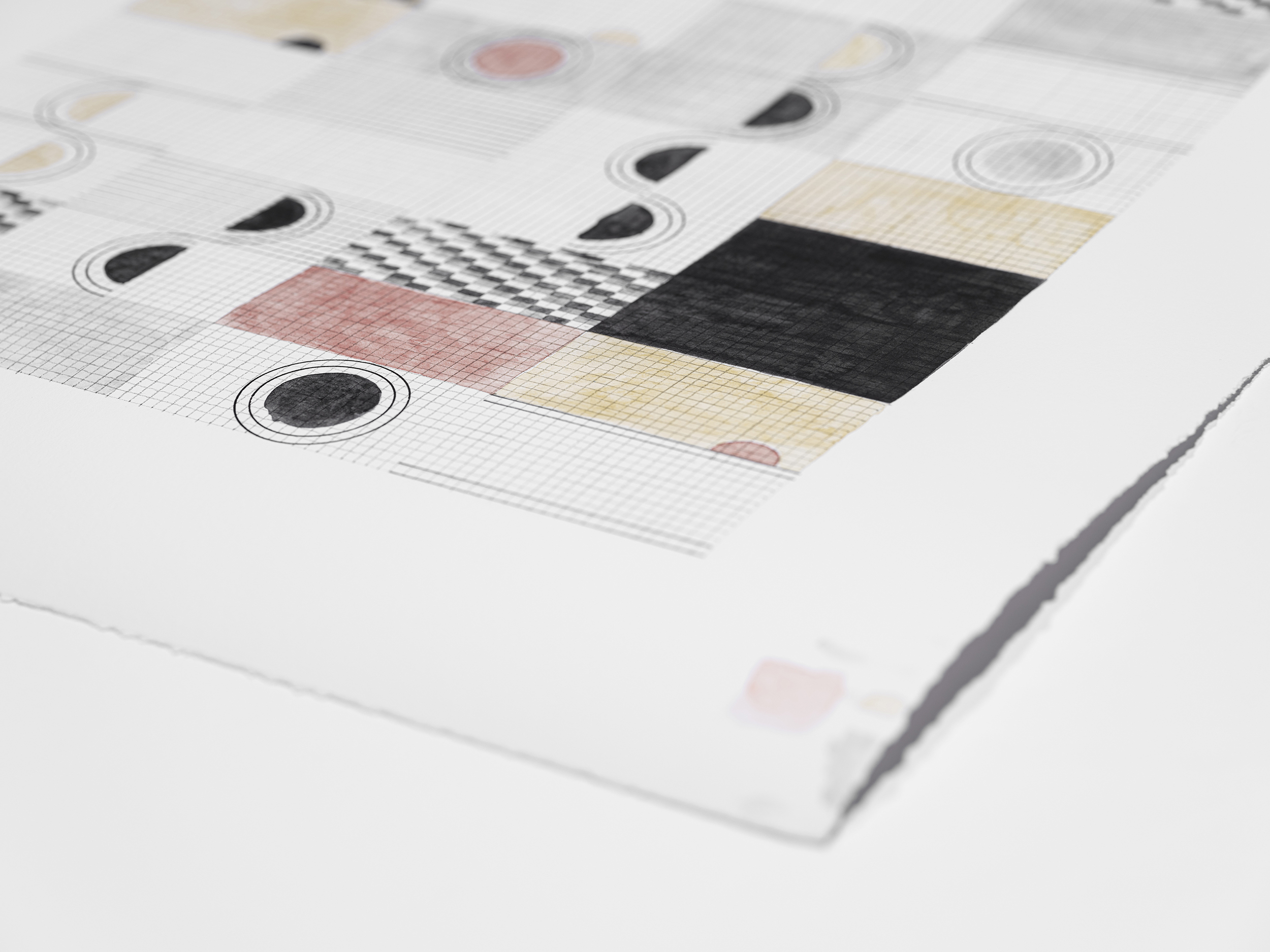Leica
The Leica Bauhaus Workshops
The Leica Bauhaus Workshops
To celebrate 100 years of Bauhaus, Leica created the Leica CL “100 Jahre Bauhaus” limited edition camera. To launch it, a series of studies were done using geometric shapes from the camera’s composition. Each one was influenced by different techniques and theories conducted through workshops and classes by Bauhaus. In the end, the entirety of the studies resulted in 5 families of posters, each with 3 unique pieces. The posters were exhibited in the Leica Store Boston and also given to buyers.

1/5:
Permeation and Illumination
Permeation and Illumination
Inspired by ‘Permeation and Illumination Study’ by Franz Ehrlich, we created simple shape sculptures in plaster. We then carried out practical tests investigating their characteristics and possible effects in contact with each other.

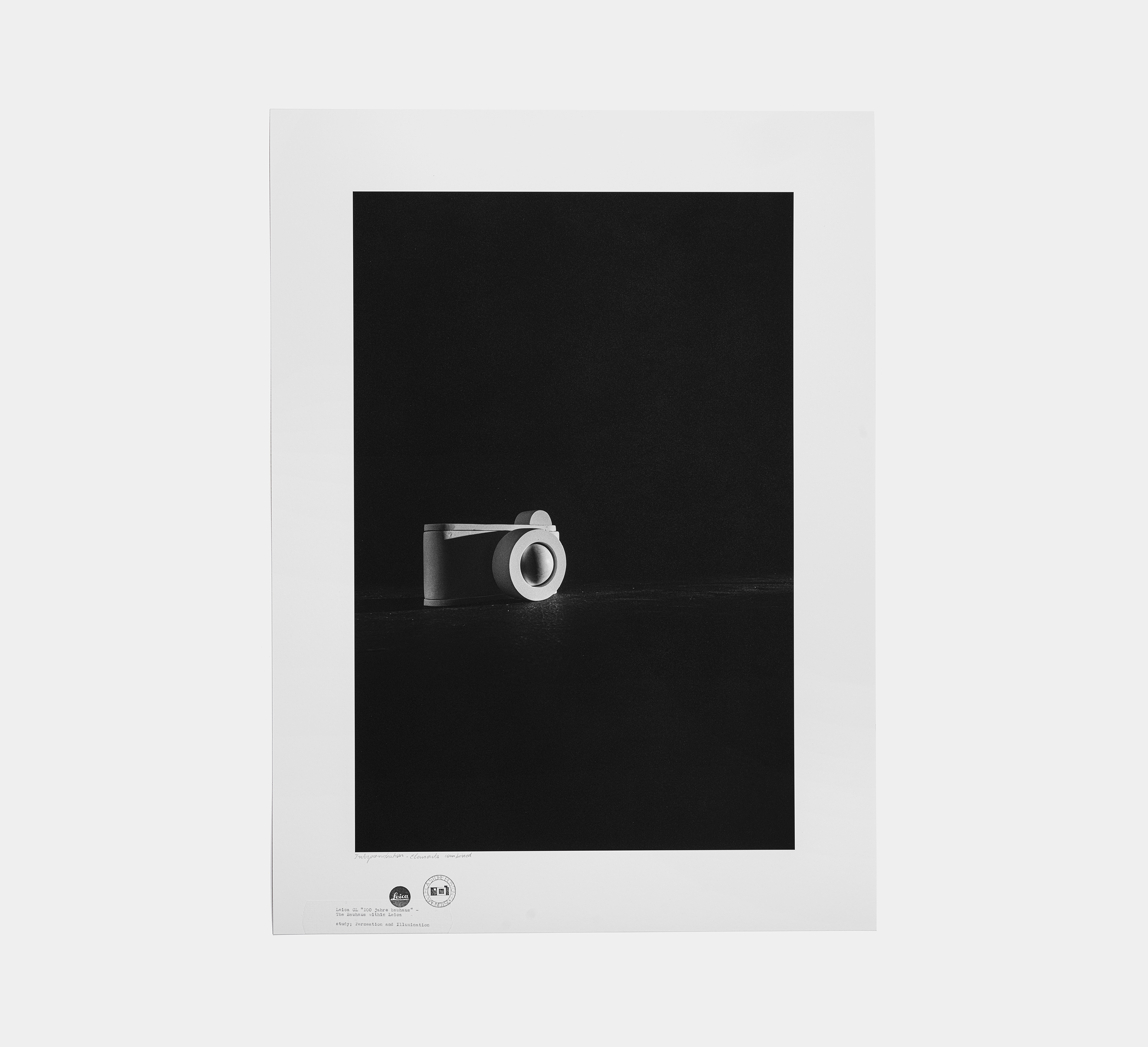

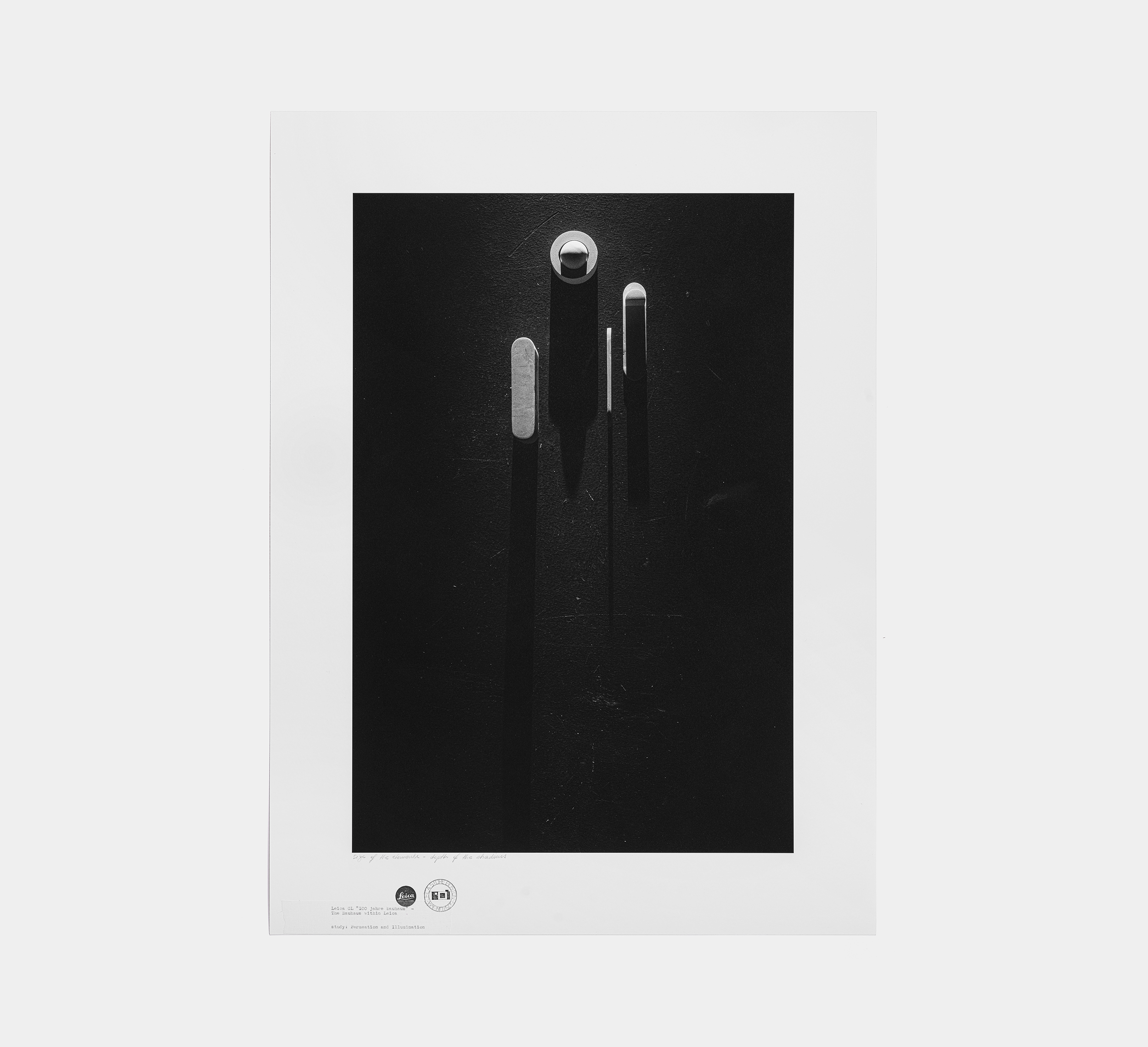

2/5:
Form and Color Affinity
Form and Color Affinity
The relationship of color to form was of central significance to Kandinsky’s thinking. Based on his theories, we deconstructed the Leica CL “100 Jahre Bauhaus” into squares, circles, and triangles with their respective colors.
According to Kandinsky, a dull shape like a circle deserves a dull color like blue. A shape with intermediate interest like a square deserves an intermediate color like red. A dynamic, interesting shape like a triangle deserves an exegetic, luminous, psychotic color like yellow.
According to Kandinsky, a dull shape like a circle deserves a dull color like blue. A shape with intermediate interest like a square deserves an intermediate color like red. A dynamic, interesting shape like a triangle deserves an exegetic, luminous, psychotic color like yellow.
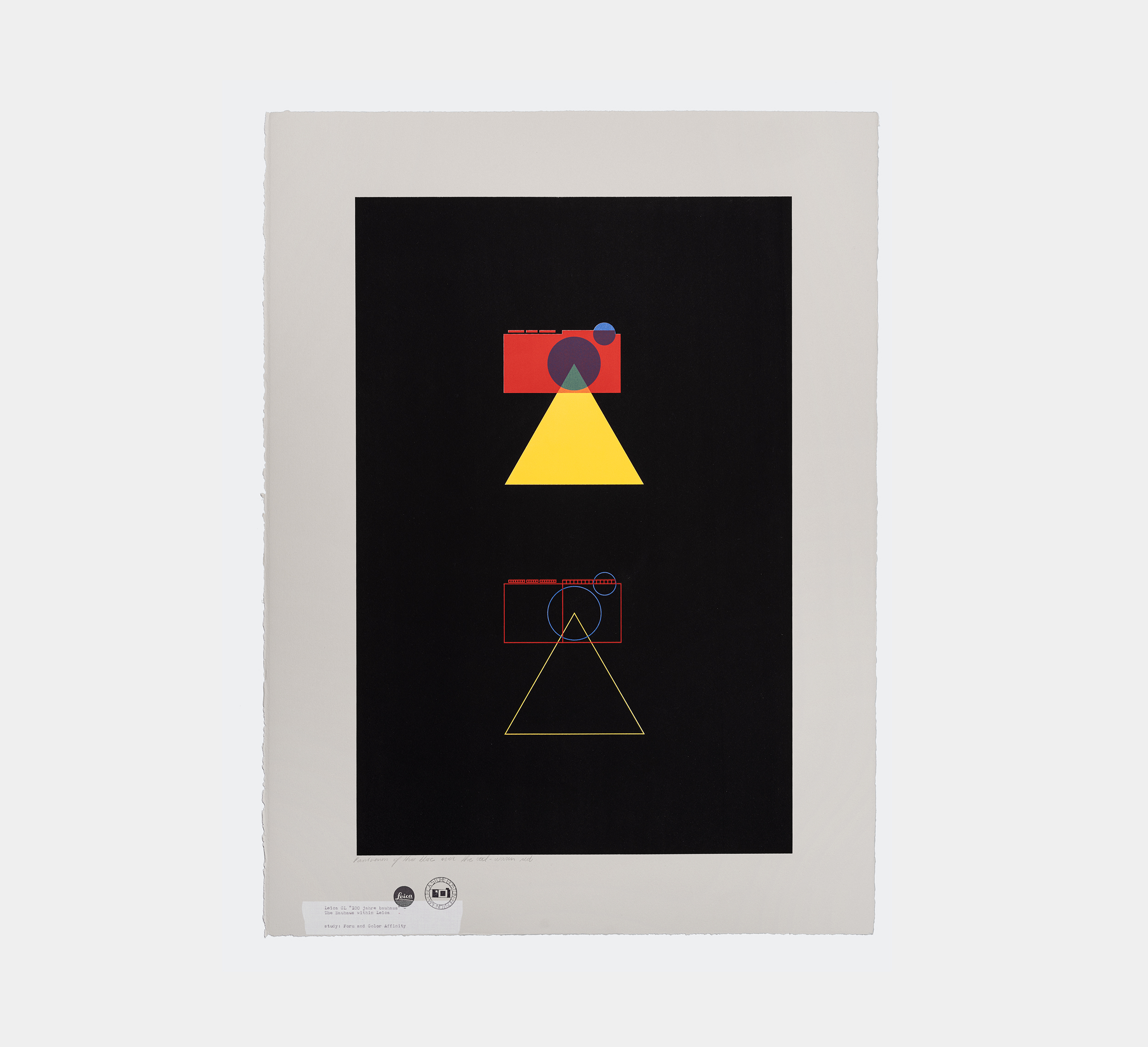
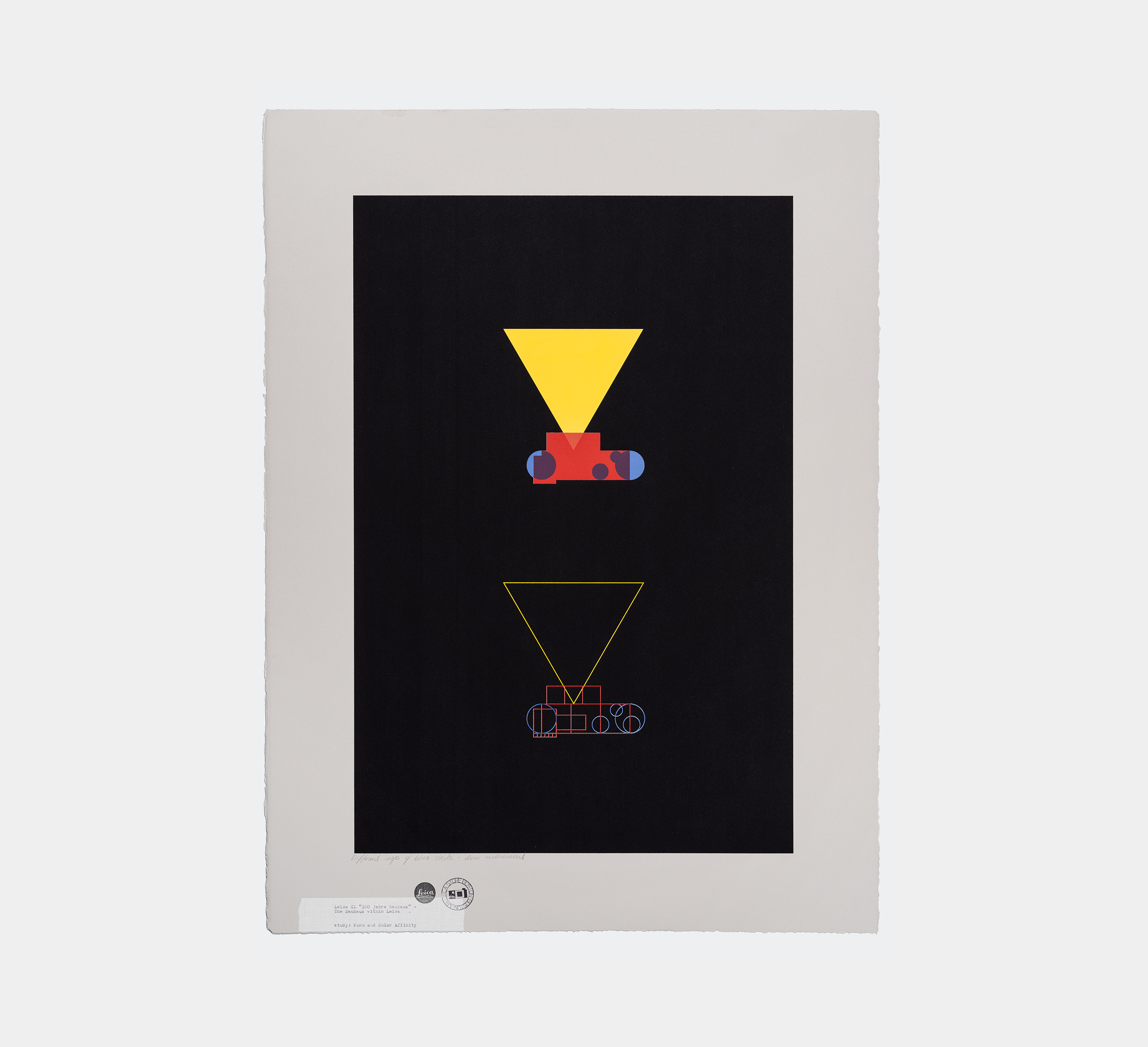
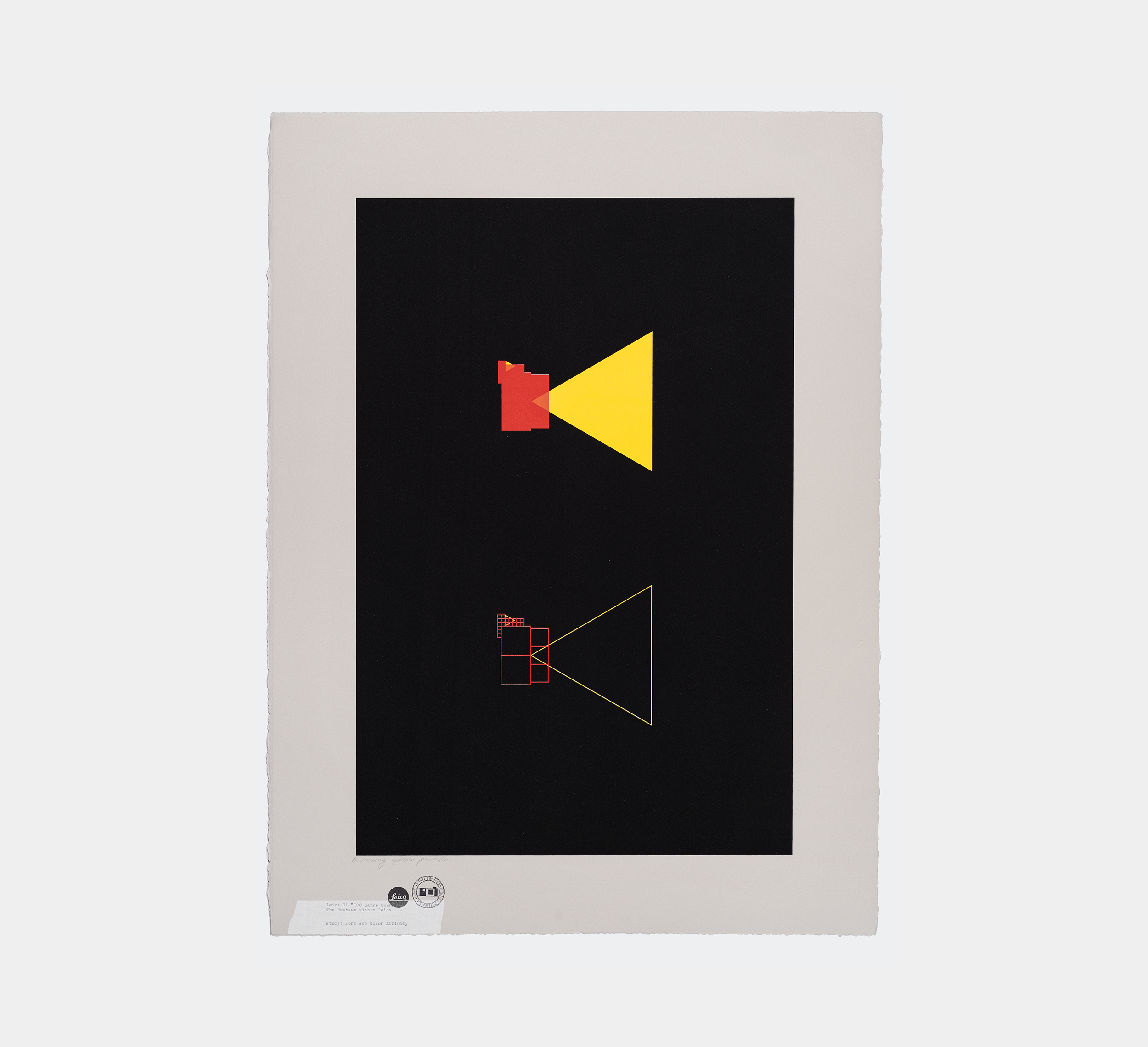
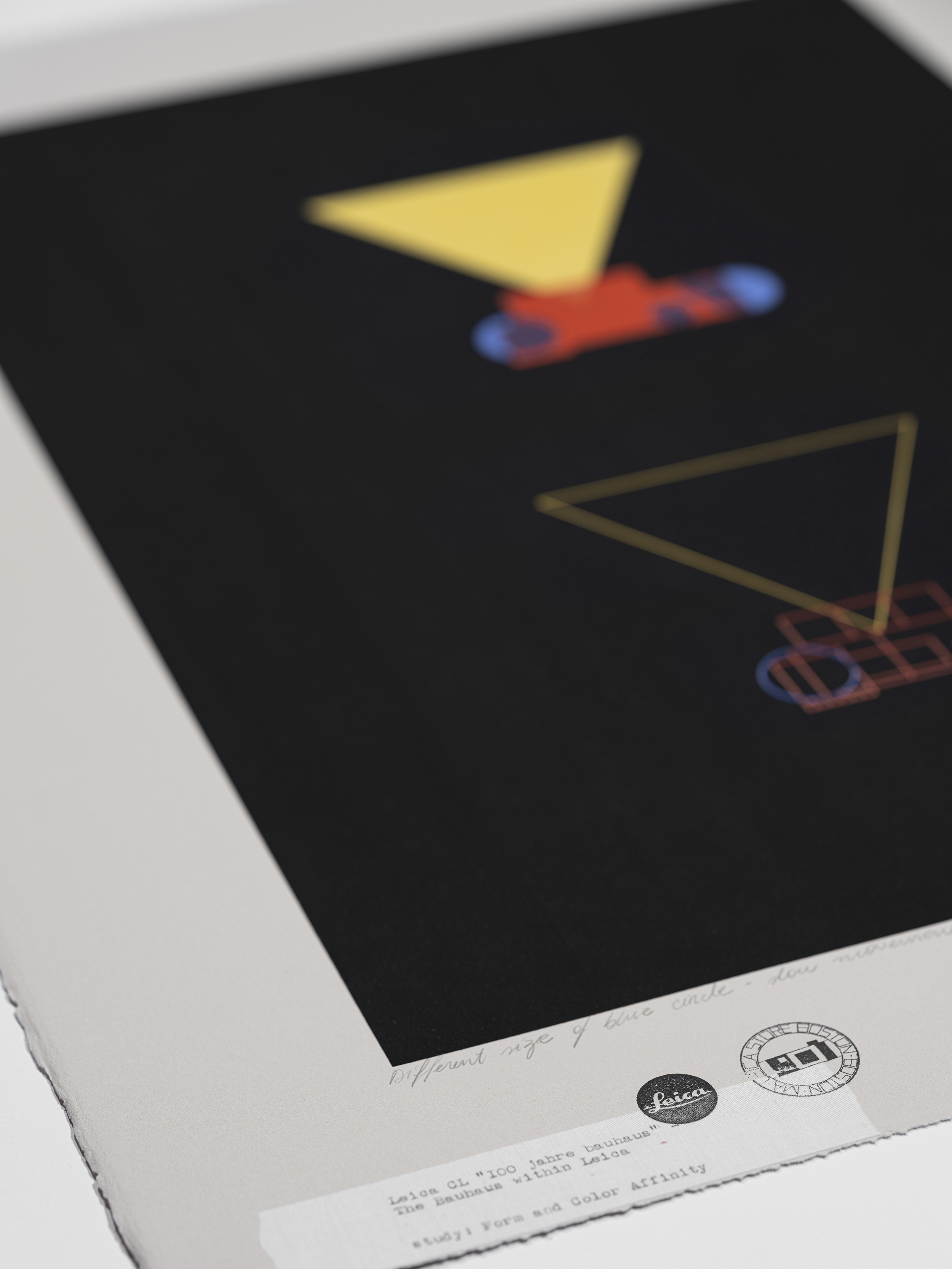


3/5:
Point and Line to Plane
Point and Line to Plane
Based on Kandinsky’s workshop about ”the most basic unit”, we reduced the design of the Leica CL “100 Jahre Bauhaus” to two of the most basic elements - the point and the line. Each litographic poster reveals a distinct dynamic among those elements.

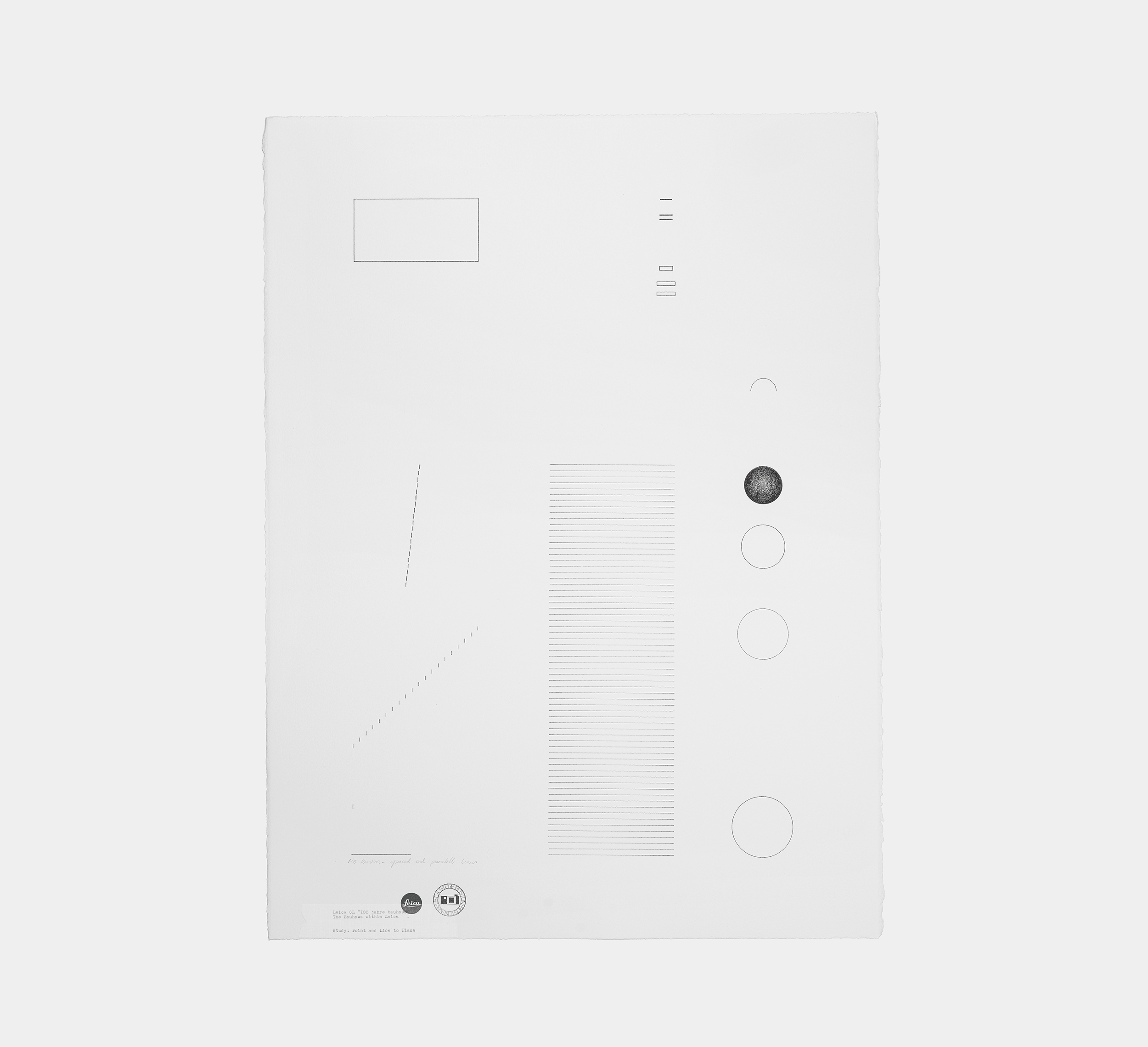
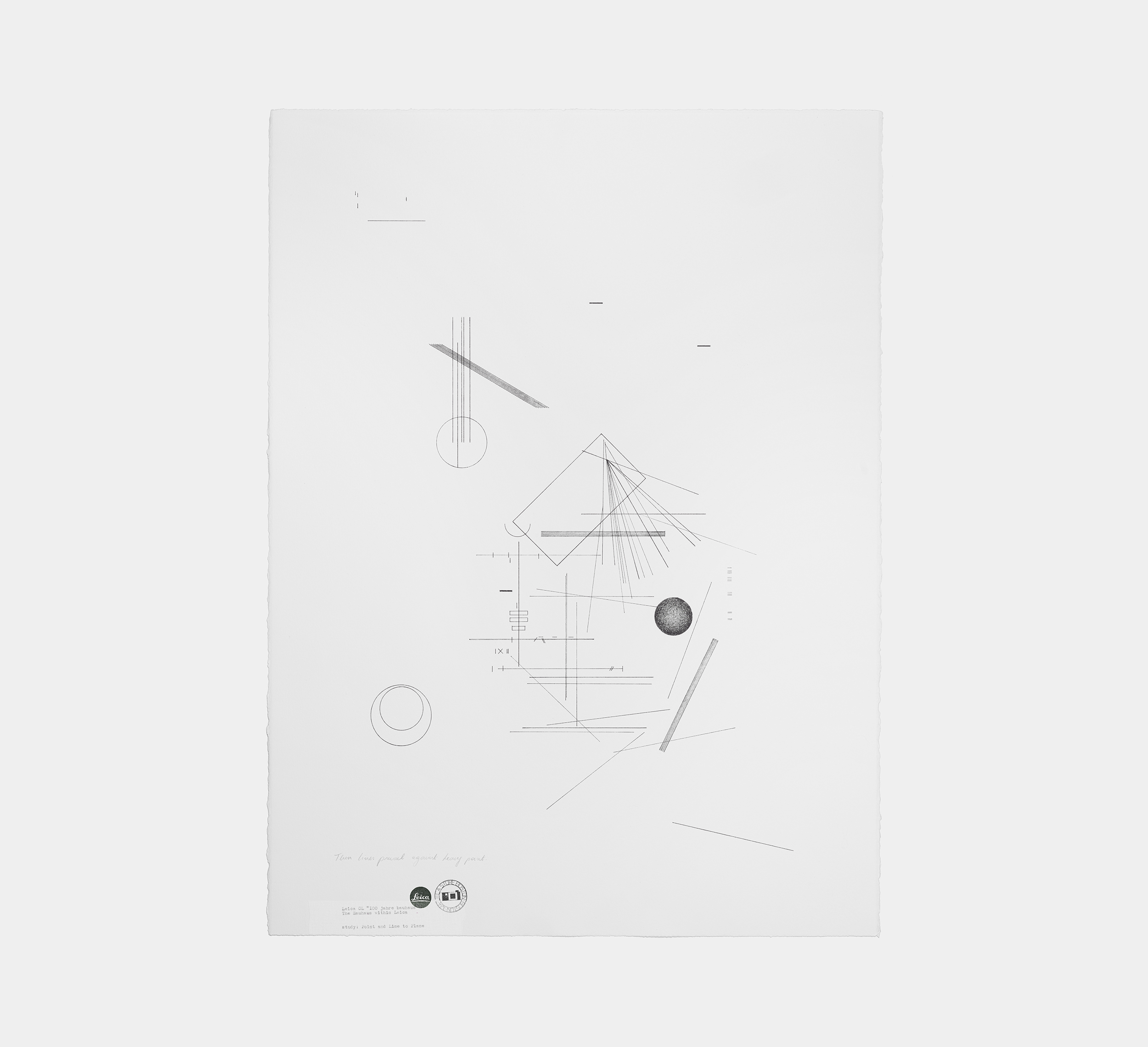
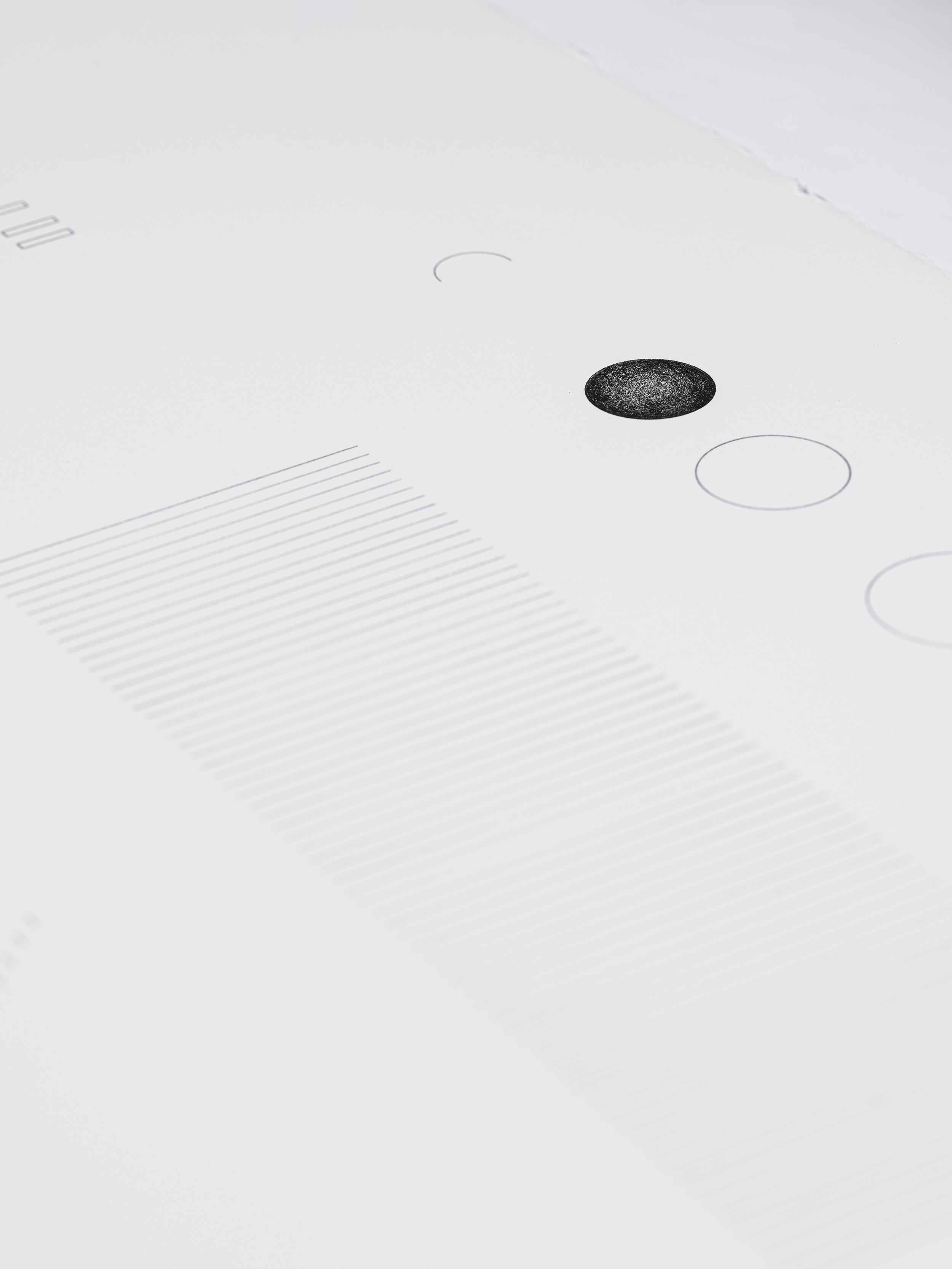


4/5:
Reflecting Colour-Light
Reflecting Colour-Light
First, we constructed an illuminated apparatus with various cardboard shapes taken from the camera’s geometric forms. Those templates were then superimposed and moved back and forth in front of a spotlight. The result was abstract patterns formed by the shadows on a transparent projection surface. The process was based on the Schwerdtfeger and Ludwig Hirschfeld-Mack system “Reflecting Plays of Colours”.
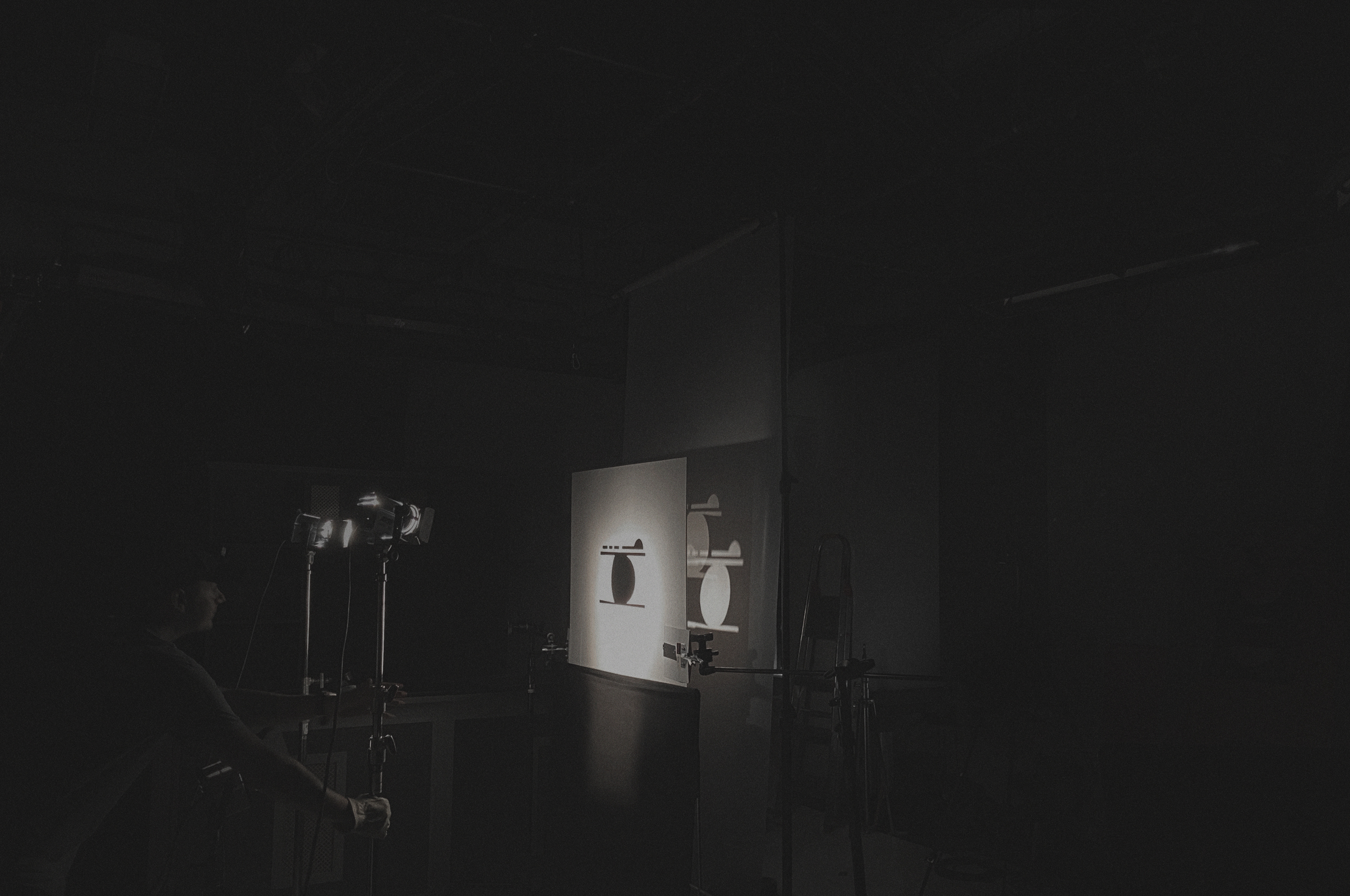
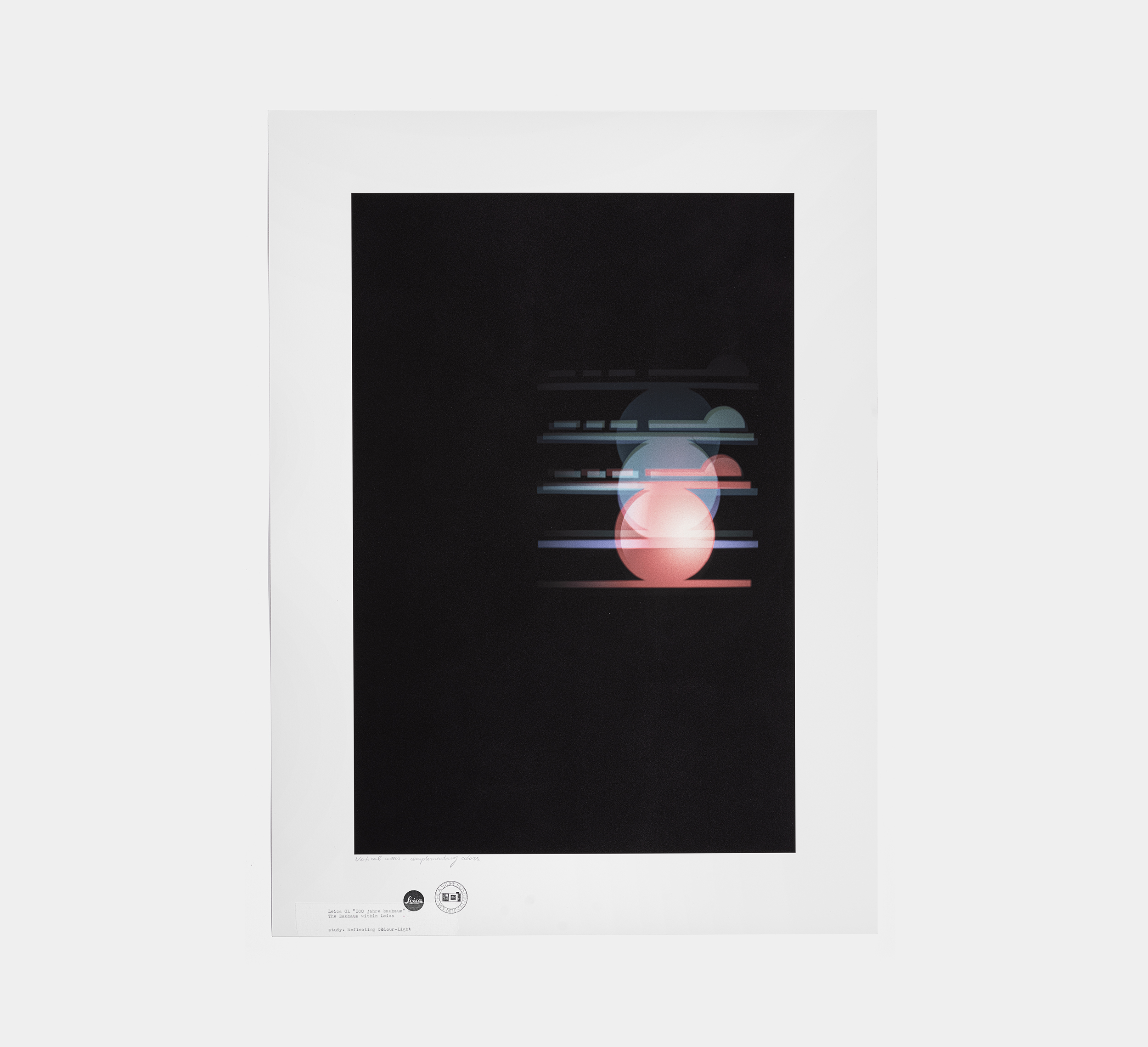

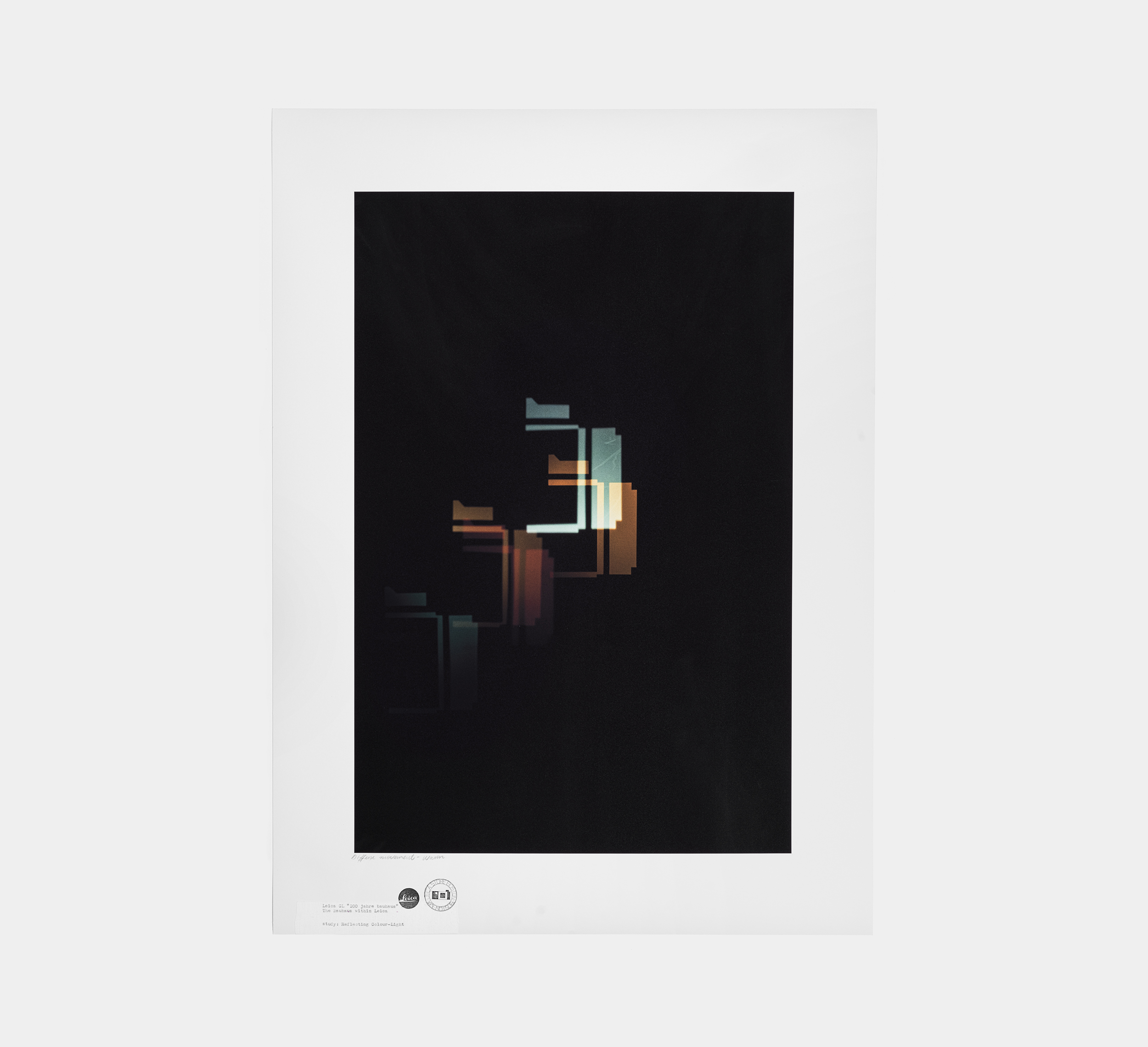

5/5:
Weaving
Weaving
Thanks to Gunta Stolzl and her co-workers, the weaving workshop was one of the most successful and productive workshops at the Bauhaus. Following their same techniques, we created original designs for tapestry using the geometric shapes of the camera. All the color and form explorations were done applying watercolor over a hand-made grid, reproducing the same process the great feminine artists explored.
